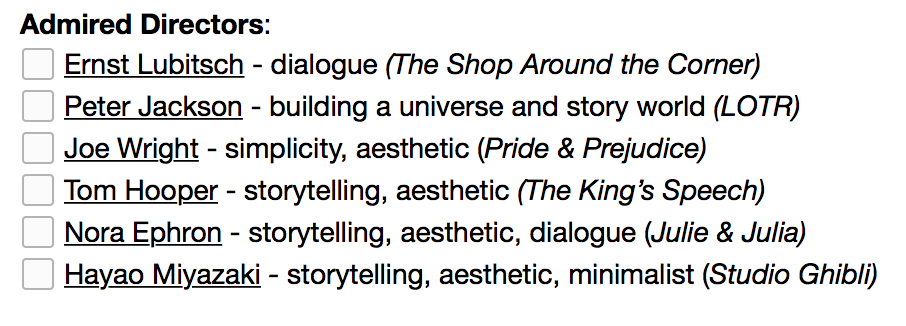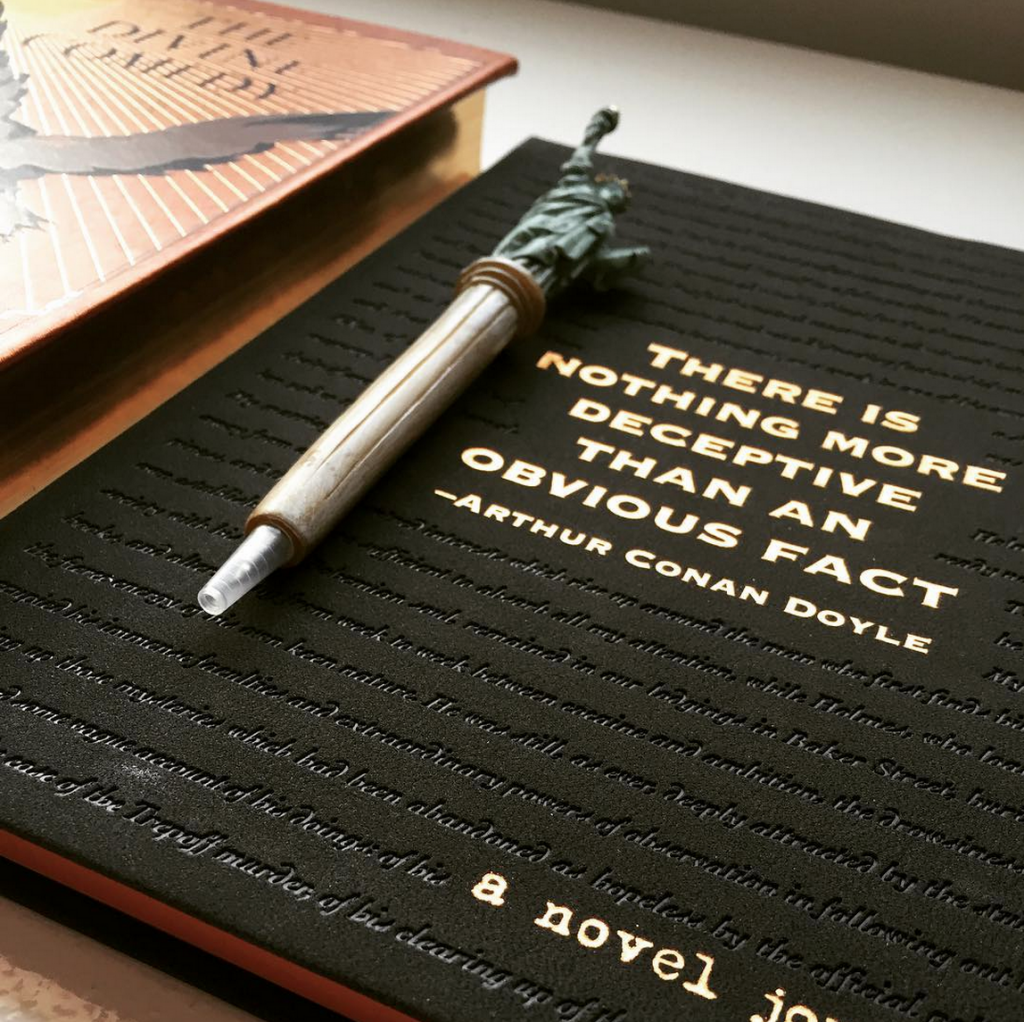I came into this class with an open mind. I was ready to tackle the subject of place; the interpretations, the notions, the expositions, and I was ready to welcome the destruction of previous biases and a transformation of the mind. Let me break it down in a manner that hopefully does not give you a headache.

See this photograph here? I have a printed copy of this photograph adorning my wardrobe door alongside magazine covers, paint palettes, 1920’s posters and model mood boards. Without going political and messy, this class has taught me to think about this photograph in more ways than the usual machinations.
Tim Cresswell (bless him) is the forerunner for opening my mind. With his guidance, I thought about the geographical place this rally was set. Wherever it may be, perhaps in front of a square similar to Federation Square in Melbourne or in the City Square in Collins Street, where I had been trapped amidst the mass of bodies vying for Aboriginal rights. But wherever this rally was held, its geographical space became a new place that is born out of a contested process of interpretation. The rally-goers, the protestors all gave meaning to the space where they stood vehemently shouting their cries for freedom, thus, giving that certain space, meaning and so, it becomes a place. I’ve never looked at similar photographs the same way again.
The course challenged me to intentionally notice my surroundings. To stop and think about why certain memorials were placed in specific spots, why a simple bench as you walk through your campus is laid out there, and it’s been deliberately put there, mind you, for architectural purposes that yes, I have never even bothered to think about before.
And my opinions towards architecture seemingly only about buildings seen as “discrete, disconnected entities” were dismantled. And I welcomed it. Cresswell’s fifth chapter, Working on Place – Creating Places, defines the term genus loci, a Roman belief wherein “places had a particular spirit that watched over them,” a guardian angel of sorts. And with a specific study on RMIT’s Building 20, the Old Magistrates’ Court, justifies this concept to me in all its physicality.
With the projects assigned to us throughout the semester, my biggest challenge, at first, were to intentionally notice these “spirits” around me. But I realised, upon entering the threshold of the great bastion of law, that vestiges remained, sleeping spirits that simply needed to be awakened by my imagination, my creativity on a high. I learned to take an interest on cracks and niches (even more than before), to make use of the resources around me including the State Library archives and the hidden repository of the Public Records Office. Online databases including Trove, a rich source for invisible information.
Architecture used to take a rigid stance in my interpretation, but now I realised that the architects behind each building, each monument, bears the flag of genus loci, the need to appropriate this spirit in each of their work, not just the physical values of a place but also the “symbolic values in the environment;” the harmonising of the two.
Throughout the semester, I learned to take my historical appreciation to an even deeper level. I ended up using the research-skills I’ve learned to greater use, researching the time away on specific places I’ve encountered before in my own personal journey. This included the researching of monuments I’ve encountered during my childhood, the emergence of tombstones and the celebration of the dead, and my fernweh, being homesick for a place I’ve never been. This one speaks to me the most and this course has really opened my mind to the idea that I’m homesick for New York City because photographers deliberately chose to take a photograph of that particular person in his tweed suit, in the rain, running after a “cab.” Or I’m homesick for Ancient Rome thanks to the picture painted by Francine Rivers in my favourite novel, A Voice in the Wind.
Would I have gained much appreciation to places if not for what I have learned in this course? Would I be so challenged as I am now to continually take a small notebook with me and jot down important physical details as well as my own creative impressions of things and places around me?
And then Cresswell goes on to talking about home, a seeming “elementary” ideal for most of us, lying “right at the heart of human geography.” I never thought that I would look at my final project, The Caretaker, in this certain way either. It challenged me to think about the human tendency to make certain places “feel like home.” The caretaker in my short feels the exact opposite. His is lonesome for he is surrounded by mere vestiges. Sure, the spirit of the place is true and revealing, but it is not something he hopes for, something he wants. And I found this challenging to interpret in my production process, but I enjoyed in the learning process because it made me dig deep. What is the root cause of his loneliness? Could he not have given his own meaning to the place around him? Made it his own?
In my creative practice, these sort of questions are now my constant companions. I want to explore places not just for the meanings I give to them, but what exactly evokes that meaning to me? Is it the history of the architects? Is it deliberately done, or placed in this certain way for me to think of it as such?
Ghosts and Spaces has been a journey of self-reflection and jump across the creative boundaries. It has been enjoyable to complete and has challenged my sense of place and practice and I’m even more pumped to tell stories of places in ways I’ve never told before.


